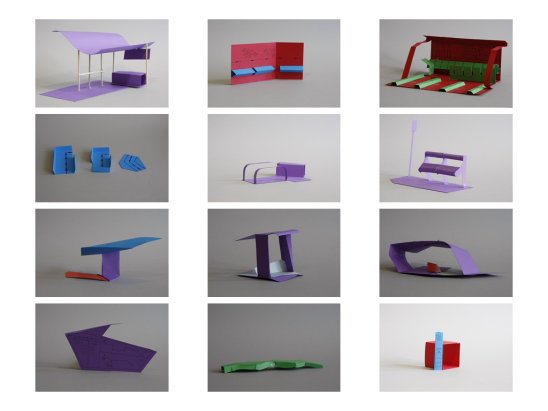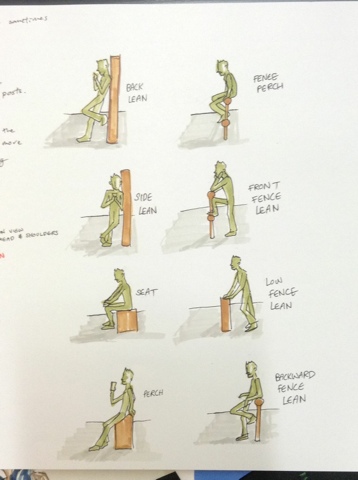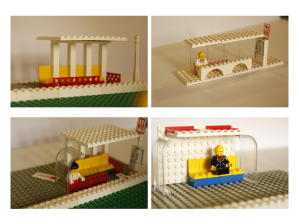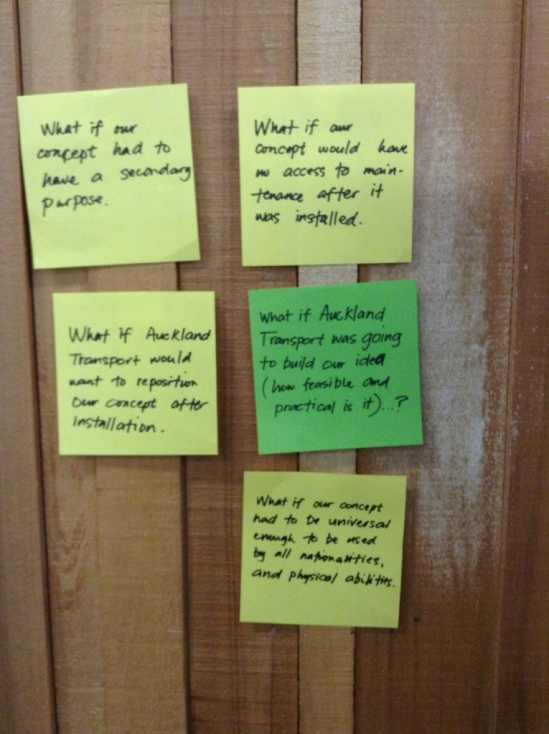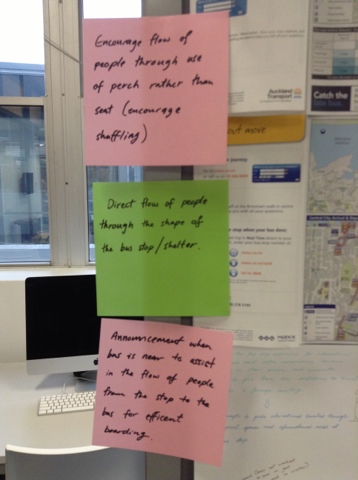- International patrons who are used to a culture of queuing overseas get culture shock from the lack of a fair system in New Zealand.
- Price is one of the main drivers that drive patrons to using the bus, but when the balance of cost/inconvenience is not in balance, patrons will choose a different option if they have the choice.
- Efficient use of space is important to both patrons and users of the footpath space. Efficient boarding (including quick payment of fare) is also important.
- Patrons often prefer not to socialize for personal reasons rather than as an element of their surroundings.
I felt that Interviewing was one of the most valuable methods I have used in this project, because I could prompt and guide people into answering questions in more depth, what started as simple quick answer questions, eg. How often do you take the bus? Lead to “why?” questions, which often gave me very insightful answers. The negative side to interviewing is that the quality and depth really depends on your interviewees, sometimes those who have less experience can actually offer much deeper insight, as is the case with my 2 interviews. It can also be hard to gain access to people to interview, I would’ve loved to have interviewed someone elderly, or a person who has traveled by bus with a young child, but I didn’t know any people like that and strangers may be a lot less willing to take 30 minutes out of their day or to be voice recorded.
I also found that good rapport is important. In my first interview, we initially started off in English, but as he seemed slow in answering, and I felt that he would limit his answers using a less familiar language, I ended up interviewing in Chinese and transcribing it into English afterwards. While it was very time-consuming, since the interview went well past 20 minutes, I think it was well worth it.

